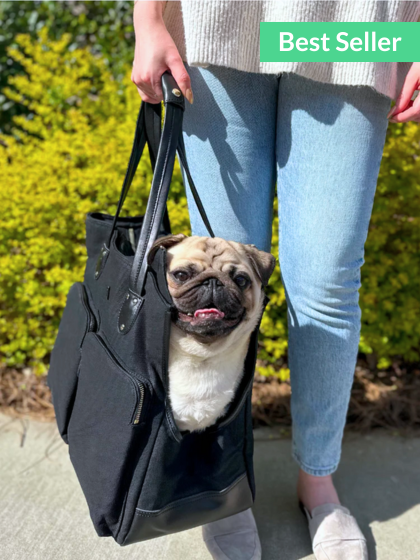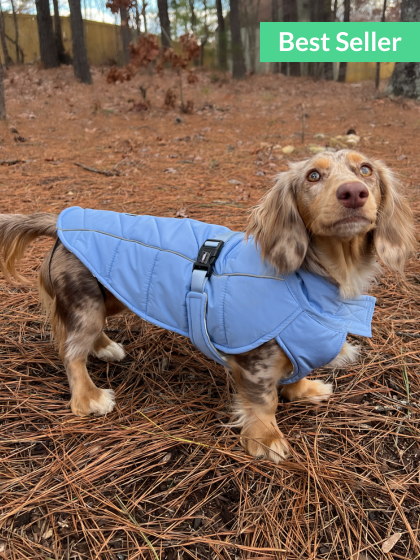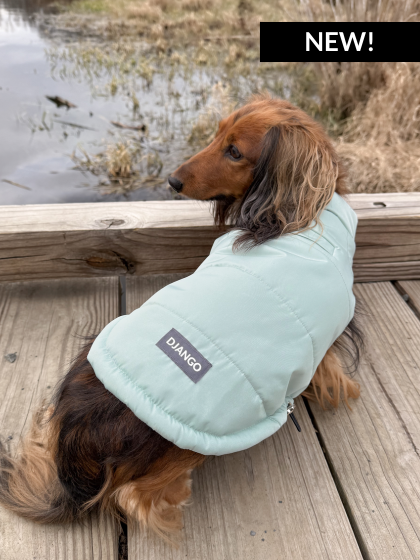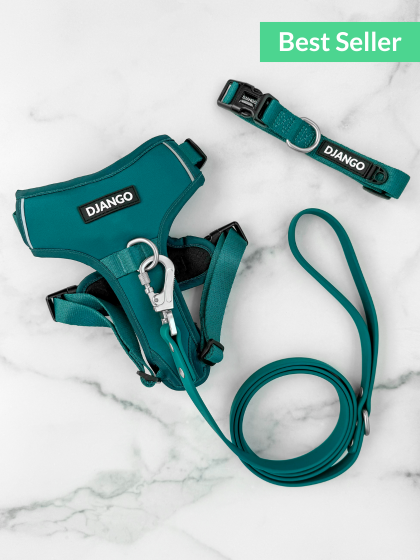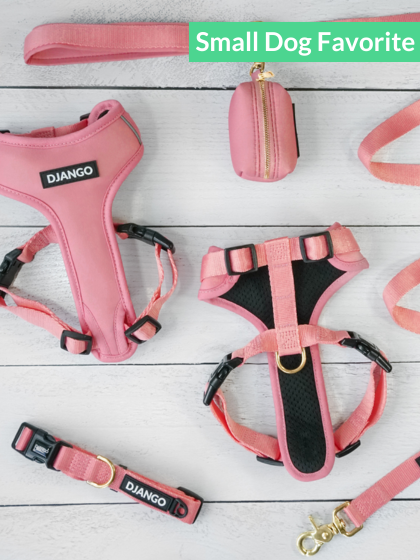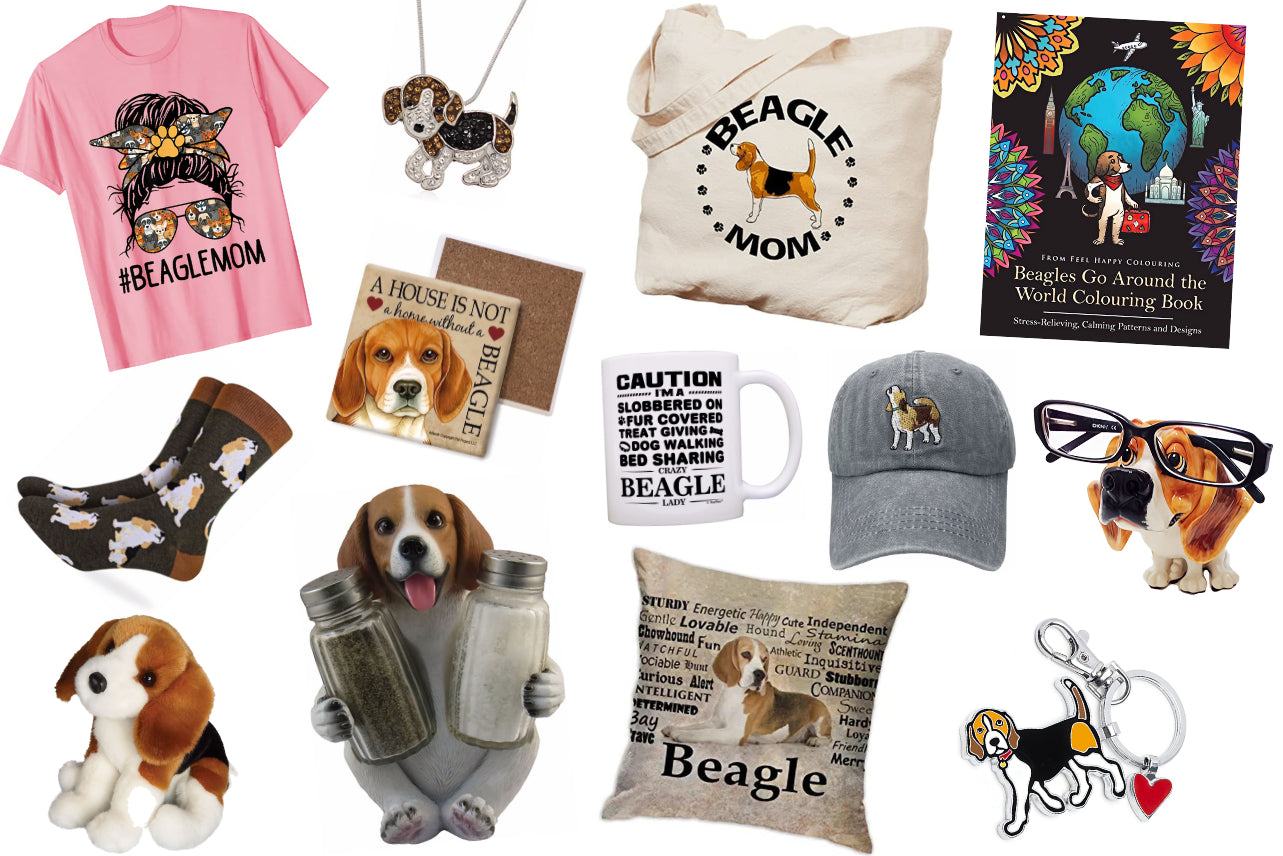Canine distemper is one of the most common and lethal dog diseases. The airborne virus targets unvaccinated puppies under 6 months old and young adult dogs. While distemper can be prevented through a series of shots, it kills a large majority of unvaccinated puppies and a significant proportion of unvaccinated adult dogs.
What causes distemper in dogs, and how does the virus spread? What are the symptoms of canine distemper, and is your puppy or dog at risk? How effective is the canine distemper vaccine?
Here is everything you need to know about the causes, symptoms, treatment, and prevention of distemper in dogs.
WHAT IS DISTEMPER IN DOGS?
Canine distemper is an extremely contagious and incurable disease in puppies and adult dogs. it is caused by a paramyxovirus and is in the same family as rinderpest (also known as the cattle plague) and measles.
Canine distemper virus targets unvaccinated puppies under 6 months old and young adult dogs. Per Cornell Wildlife Health Lab data, distemper kills 80% of unvaccinated puppies and 50% of unvaccinated adult dogs,
Distemper is spread by wild animals and other household pets like ferrets. Pet shops, animal shelters, and boarding kennels also are hotbeds for canine distemper.
There are 7 strains of canine distemper.
- America-1
- America-2
- European Wildlife
- Europe
- Asia-1
- Asia-2
- Arctic-like
WHAT DOES CANINE DISTEMPER DO TO MY DOG'S BODY?
Canine distemper starts by attacking your dog’s tonsils and lymph nodes. Within 6 days, it affects the stomach, liver, spleen, and small intestine. By day 15, the virus reaches the cells that line your dog’s brain. It also destroys the cells that protect his skin, organs, blood vessels, and urinary tract. Dogs that succumb to the disease typically do so within 3 months of infection.
As canine distemper spreads, your dog’s immune system ramps up, and his symptoms wane. Every dog’s immune system is a unique mix of hundreds of white blood cells and blood proteins. That is why some dogs with canine distemper do not have any symptoms while others develop severe neurological problems.
After canine distemper clears from your dog’s internal organs, it can hide in the skin and nervous system. It can also cause hard paws and repeated seizures long after the virus is cleared.
HOW IS CANINE DISTEMPER TRANSMITTED?
Canine distemper is an airborne virus and most often spreads through respiratory secretions. When infected dogs cough or sneeze, canine distemper can travel up to 25 feet. It can also be found in their vomit, urine, and feces. Dogs that survive distemper can spread it through their body fluids for 2-3 months.
Pregnant dogs can pass canine distemper to their unborn puppies via their placenta. Dogs can also catch distemper if they come in contact with an infected wild animal (e.g., skunk, ferret, or red fox). They can even pick it up from contaminated objects like dog harnesses and toys.
HOW COMMON IS DISTEMPER IN DOGS?
Canine distemper is fortunately much less common today in the United States since most household pets are vaccinated against the disease. With that said, the disease is still found worldwide. Unvaccinated animals and stray dogs remain at risk of the highly contagious and deadly disease.
WHAT DOGS ARE MOST AT RISK FOR CANINE DISTEMPER?
Canine distemper can affect all dogs, but puppies between 3 and 6 months old and unvaccinated adult dogs are most at risk. Approximately 20% of puppies and 50% of adult dogs survive canine distemper.
Dogs in animal shelters, boarding kennels, and pet stores are more likely to contract the disease. According to Dr. Jill Kirk, from Maddie Shelter’s Medicine Program at the University of Florida, “In many shelters, distemper in any dog leads to euthanasia of every dog in the shelter, in the name of protecting dogs in the community from the disease.”
Dogs are most susceptible to canine distemper in the spring and summer. Because stray dogs and hunting breeds are more likely to run into infected wildlife, they have a higher chance of contracting canine distemper. Sick and obese dogs are also twice as likely as likely to get the virus.
CAN I GET CANINE DISTEMPER FROM MY DOG?
You can catch the canine distemper virus from your dog, according to a 2019 study in Frontiers in Medicine. The canine distemper virus can multiply in your body, but it does not produce any symptoms. That means you might be a carrier of canine distemper, and as a human, you may pass it on to your dogs.
Canine distemper is related to human measles (also known as Rubeola). Because the two diseases are caused by a paramyxovirus and have nearly identical symptoms, medical historians believe the measles virus mutated in the past and spread to dogs.
If you have had the measles, mumps, and rubella (German measles) vaccine, you are most likely immune to canine distemper. Are you unvaccinated? Have you been around dogs with canine distemper? Vaccinate any puppies, adult dogs, or ferrets you bring into your house against the disease to prevent possible infections.
SYMPTOMS OF DISTEMPER IN DOGS
Approximately 50% of dogs with canine distemper do not have any symptoms. The other half have clinical signs and symptoms within 7-28 days of infection. They can be mild or severe and include:
MILD DISTEMPER SYMPTOMS (STAGE 1)
- Thick, yellowish-green eye and nose discharge (Conjunctivitis)
- Fever (Higher than 104° F or 40° C)
- Pain
- Coughing
- Trouble breathing
- Sneezing
- Vomiting
- Diarrhea
- Decreased appetite
- Low energy
- Skin sores (Pustular dermatitis)
- Miscarriage or stillbirth in pregnant dogs
- Brain and spinal cord inflammation
SEVERE DISTEMPER SYMPTOMS (STAGE 2)
- Thick and hard nose and foot pads (Hyperkeratosis)
- Circling
- Head tilt
- Muscle twitching
- Repetitive eye movements (Nystagmus)
- Blindness from inflammation of the retina and optic nerve
- Convulsions with excessive drooling and chewing motions (Chewing gum fits)
- Partial or full paralysis
- Bacterial pneumonia
- Seizures
- Cardiomyopathy or heart muscle disease in newborn puppies
- Heart failure in newborn puppies
- Kidney disease (rare)
- Skin lesions (rare)
- Death
DIAGNOSIS AND TREATMENT OF CANINE DISTEMPER
To diagnose canine distemper, your vet will ask you about your puppy’s vaccination status and where he was adopted. He may take bone and urine samples or biopsy his paw pad. The veterinarian may also swab your dog’s eyes, nose, or throat. He may even test your dog’s spinal fluid or blood for white blood cells.
Distemper in dogs is hard to diagnose because it mimics many other canine diseases. For example, canine distemper may be confused with rabies, leptospirosis, infectious canine hepatitis, or Rocky Mountain spotted fever.
TREATING DISTEMPER IN DOGS
There is not a cure for canine distemper. Anti-seizure medications and steroids like dexamethasone may be required in severe distemper cases. Since dogs with distemper often can not eat and may have diarrhea, they may be given fluid therapy and nutritional support.
LONG-TERM EFFECTS OF DISTEMPER IN DOGS
Puppies that survive canine distemper may develop enamel hypoplasia, a dental condition where the outer layer of their adult teeth is rough, pitted, and stained brown or yellow. Puppies with enamel hypoplasia are at risk for abnormal root development, tartar buildup, and gum disease.
Canine distemper can also inflame your dog’s retina. This thin layer of tissue turns light into electrical signals. It can also destroy your dog’s optic nerve, which is the bundle of nerve fibers that sends visual information from his eyes to his brain. This is why puppies and adult dogs with long-term canine distemper often suffer from severe eye pain and vision loss.
Canine distemper survivors may also develop thick, hard noses and paw pads. They may have jaw spasms, where they excessively drool and make chewing motions.
Lastly, dogs that recover from canine distemper may develop a rare form of canine distemper called old dog encephalitis. This causes the gray matter in your dog’s brain to die. Old dog encephalitis results in compulsive movements, such as pacing or head pressing. It may also cause your dog to involuntarily wink his eyes, shrug his torso, or hop on his front or back legs.
HOW TO PREVENT DISTEMPER IN DOGS
When it comes to canine distemper, the most effective prevention strategy is vaccination. Vaccinate your puppy for canine distemper at 6 weeks old. Then vaccinate him every 2-4 weeks until he is 16 weeks old. Your puppy will need a booster shot 12 months after completing the initial combination series. After that, make sure he receives a booster shot every 3 years.
Here is a complete guide to your puppy's core vaccination schedule, including the schedule of your puppy's distemper vaccines.
Also keep in mind:
- Dog breeders are not legally required to vaccinate their puppies for canine distemper, although reputable breeders will often administer their own canine distemper vaccine or pay a veterinarian to give it. Before taking your puppy home, ask for proof that your puppy has been vaccinated against canine distemper.
- Keep your dog away from infected pets or wildlife.
- Clean your puppy’s bedding, bowls, and toys with bleach. Mix one part bleach with 20 parts water to instantly kill canine distemper.
- Use caution when socializing with unvaccinated puppies and adult dogs at dog-friendly restaurants, bars, beaches, parks, puppy obedience classes, and doggy daycare. Similarly, do not socialize your puppy with other animals until he is fully vaccinated and your veterinarian gives you the green light for socialization.
- Your dog can catch canine distemper from your pet ferret and vice versa. Even with supportive care, canine distemper is nearly 100% fatal for all ferrets. Vaccinate your dog and ferret against canine distemper using a USDA-approved vaccine (e.g., Nobivac Canine 1-DAPPv).
HOW EFFECTIVE IS THE CANINE DISTEMPER VACCINE?
Research has showed that canine distemper vaccines are 99% effective against canine distemper, but complete protection does not kick in until 14 days after the first shot.
BEFORE YOU GO
If you have questions about canine distemper or want to share an experience with DJANGO Dog Blog readers, please leave a comment below.




